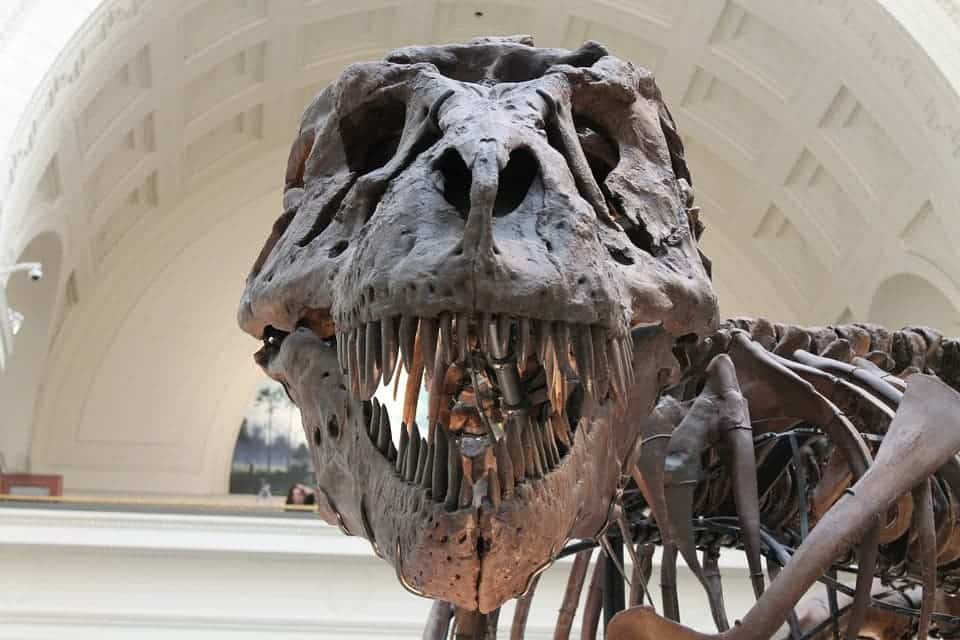Researchers at the University of Alberta (UAlberta) have reported finding the world’s largest Tyrannosaurus rex and the largest dinosaur ever discovered in Canada — they named it “Scotty”.

Image credits Jill White.
The impressive skeleton spans 13 meters in length and, in true paleontologist fashion, was nicknamed for a celebratory bottle of scotch the night it was discovered. Scotty used to live in prehistoric Saskatchewan 66 million years ago. Judging from its leg bones, its discoverers estimate that it weighed some 8,800 kg while alive, making it bigger than any other carnivorous dinosaur whose fossil we’ve recovered.
King of kings
“This is the rex of rexes,” said Scott Persons, lead author of the study and a postdoctoral researcher in the Department of Biological Sciences at the UAlberta.
“There is considerable size variability among Tyrannosaurus. Some individuals were lankier than others and some were more robust. Scotty exemplifies the robust. Take careful measurements of its legs, hips, and even shoulder, and Scotty comes out a bit heftier than other T. rex specimens.”
The skeleton was first uncovered in 1991, when several paleontologists — including T. rex expert, UAlberta professor, and one of this study’s co-authors Phil Currie — were called in on the project. The bones were encased in hard sandstone, and it took the team over a decade to remove the bones from the stone without damaging them. Now, however, the researchers have been able to assemble and look at Scotty in its original shape.
Scotty’s size immediately made an impression on the team. It is the largest T. rex specimen, by both size and weight, that we have ever recovered. It is also, according to the team, the most senior dinosaur of the species that we have ever seen.
“Scotty is the oldest T. rex known,” Persons explains. “By which I mean, it would have had the most candles on its last birthday cake. You can get an idea of how old a dinosaur is by cutting into its bones and studying its growth patterns. Scotty is all old growth.”
“By Tyrannosaurus standards, it had an unusually long life. And it was a violent one. Riddled across the skeleton are pathologies — spots where scarred bone records large injuries.”
T. rexes tended to live very violent — and thus not very long — lives. Scotty, estimated to have been in its early 30s when it died, stands out as being quite old. It’s even more surprising that the dino reached this advanced age as its skeleton shows signs of broken ribs, an infected jaw, and a lot of battle scars — including, possibly, a bite from another T. rex on its tail.
“I think there will always be bigger discoveries to be made,” said Persons “But as of right now, this particular Tyrannosaurus is the largest terrestrial predator known to science.”
A new exhibit featuring the skeleton of Scotty is set to open at the Royal Saskatchewan Museum in May 2019.
The paper “An Older and Exceptionally Large Adult Specimen of Tyrannosaurus rex” has been published in the journal The Anatomical Record.



